Day Trip from Paris
Here’s What Hitler did in Compiegne
One hour away from Paris lies the quiet provincial town of Compiegne where not one but two recent chapters of European history were completed.
If the 30 Year European War from 1914 to 1945 was a drama in five acts, Compiegne was the stage of the final scenes in the first and the fourth act.
That’s a lot of history for such a small and sleepy town.
In a week or so, I will tell you about the hike we did in Compiegne and how to get there. But, today, I will tell you what you will see – and why you should go.
A good two-hour walk away from Compiegne through the grounds of the local castle and some open woodland, two railway lines meet in the forest. Both were built during WWI: one to transport the French High Command between the trenches and the other to ferry heavy artillery from here to the front a few miles away.
It was the latter line on which a German delegation of politicians and high-ranking military officers arrived on a cold and gloomy morning in November 1918. Their mission: to negotiate an end to the fighting of WWI and an Armistice which was duly signed a few days later, on 5 o’clock in the morning of 11 November.
In the 1920s, the French then cleared about a hectare of the dense forest in this place, covered the ground with grey gravel and lowered huge blocks of granite into the earth where the railway coaches had stood on that historic day.
The result is an austere, quiet and, yes, peaceful monument, a fittingly dignified shrine to commemorate the day when WWI ended, the Great War, the war to end all wars, the moment when nations fell tearfully into each others’ arms and vowed to one another: this shall never happen again.
If you look a little more closely at the monument, however, you will find out very soon that this is not at all what happened. That this was not the way The Great War was seen in its immediate aftermath.
Certainly not in France and certainly not by the people who built this site.
The central block of granite bears the inscription: “Here SUCCUMBED the criminal pride of the German Empire VANQUISHED by the free peoples of the world it had intended to enslave.”
The emphasis is not mine: the words “SUCCOMBA” and “VAINCU” (succumbed and vanquished, respectively), are engraved in larger-sized letters and, on top of that, were each given a line all to themselves, in case the casual reader might miss their importance.
You almost hear the voice rise trembling with righteous indignation, you almost feel the spittle on your forehead.
And you understand: This monument was not built to mourn the futility of war, not even to honour the dead heroes but simply to rub it in.
Perspective is everything in history, and perspectives change over time. One cannot help wondering how future generations will view our own contemporary struggles and into which narrative they will embed them. I bet many of us would be fairly shocked if ever there was a way of finding out.
It is, for a war monument, a rare manifestation of unconstrained glee, and if you know a little about history – the way it makes things come round – you cannot help feeling that no good could ever come from this.
What Hitler did in Compiegne
He came, he saw, he humiliated la grande nation and then had the coach shipped to Germany where it was toured through the provinces and finally incinerated, in the last days of WWII, to deprive the enemy of the ultimate triumph of having the last laugh, presumably.
So the Waggon, the centerpiece of the near-by museum, is not “the one” but only “one very much like it”. The museum does not exactly go out of its way to point that out, but you can find this information on the site if you look for it hard enough.
More interesting, at any rate, are the photographs that show you what the place looked like before (in 1918 and in 1940) and the newspaper cuttings, personal documents etc. that tell you how it was seen at the time.
If all this ya-boo-ing about “national shames” and “national destinies” does not sober you up, you do not deserve to live in the 21st century.
It certainly puts our contemporary struggles about levels of sovereign debt, the role of the ECB and the retirement age in Italy neatly into perspective.
What Hitler did in Compiegne provide stuff for thought on that long walk back to Compiegne train station – and beyond.
Read more about our easy hikes near Paris. Follow us on Facebook or register to get our free updates via email.


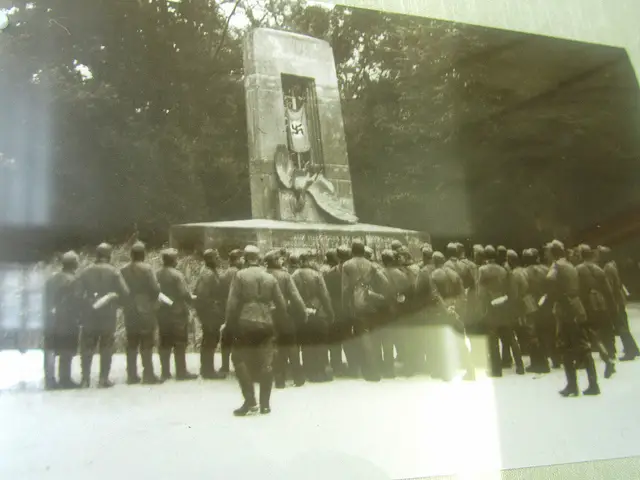
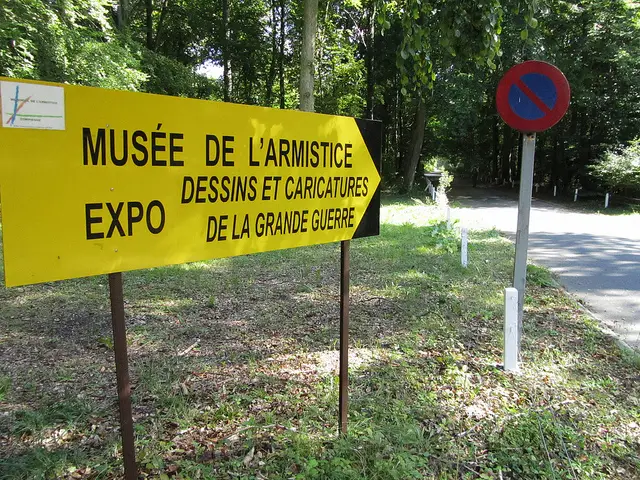
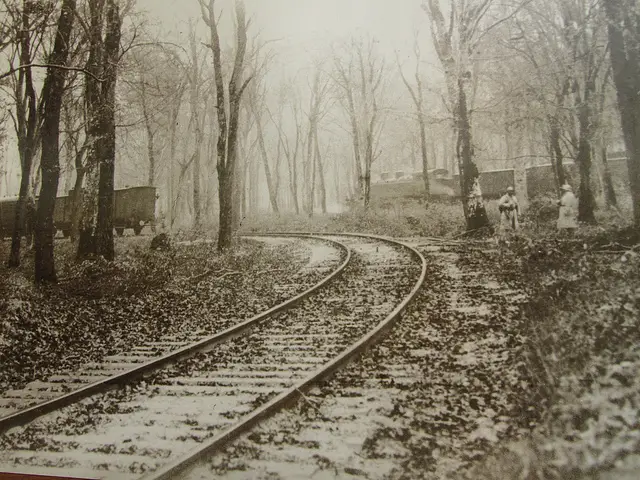
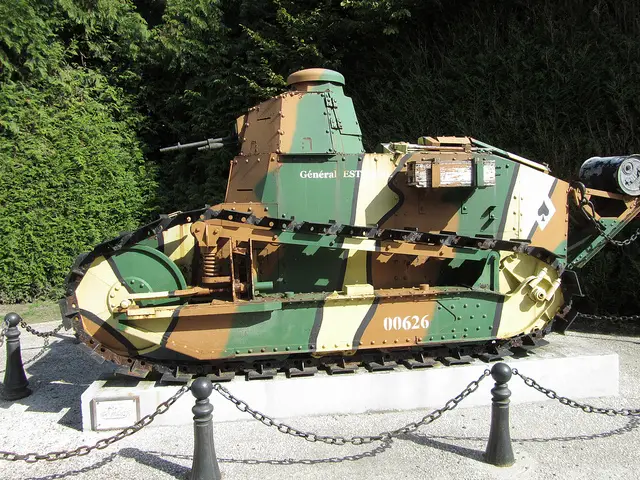
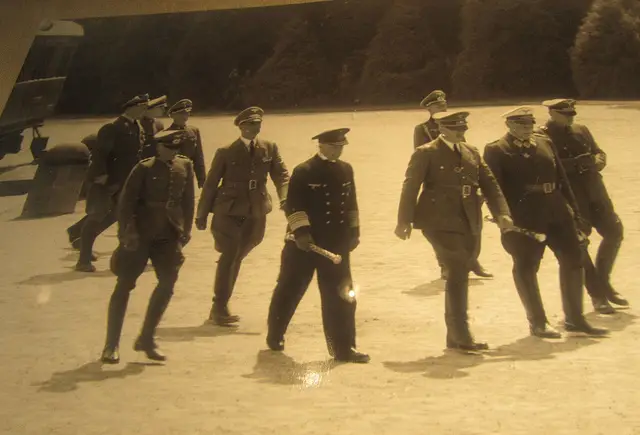
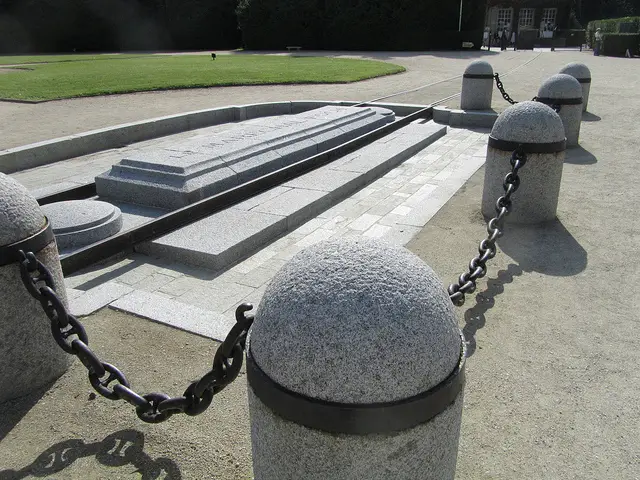
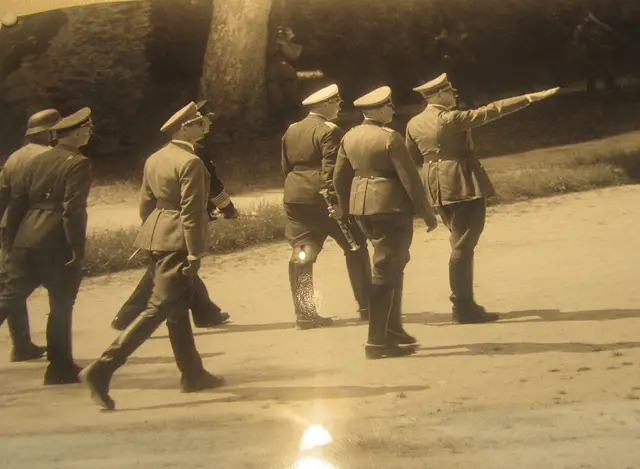
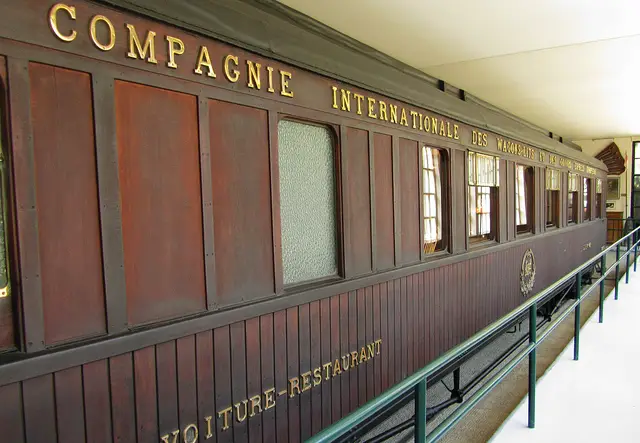
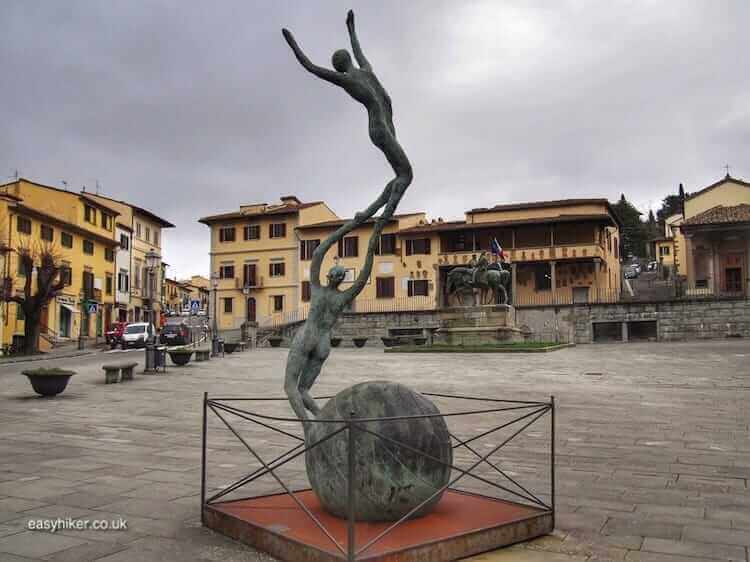
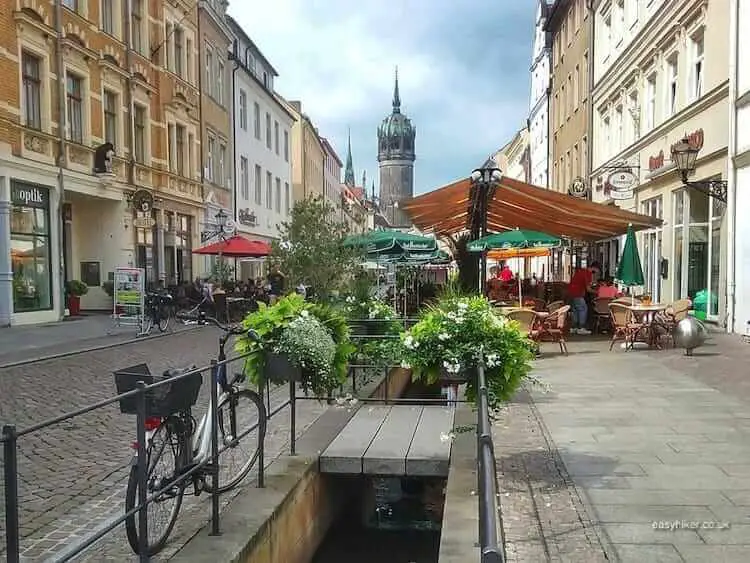
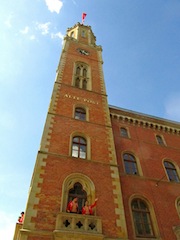
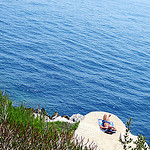
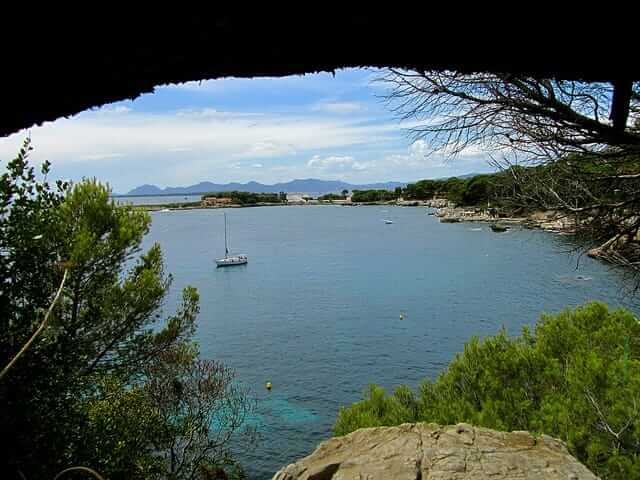
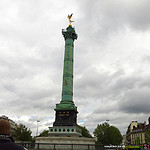
Very interesting post. I’m always curious about anything having to do with WWI or WWII history. The old photos of that time always fascinate me. Reading your post made me think of the famous photo of Hitler at the Eiffel Tower.
Un pezzo di storia doloroso.
Nicely done. Thanks for sharing some history with us, we have a hard time learning from our past only two or three generations ago, and most of our children don’t even know the terror and sacrifice of their grandparents. It’s a shame, because history forgotten can be repeated.
“If all this ya-boo-ing about “national shames” and “national destinies” does not sober you up, you do not deserve to live in the 21st century.”
“Deserve”? Really? That’s akin to saying, “If you don’t agree with me, you shouldn’t live.” Dangerous thinking, no matter how noble the intent behind it. Perhaps a call for better education and critical thinking skills can be made, but the concept of deserving to live? Just as twisted as the warmongers, same flavor, even.
Based on the pictures that I saw – any video footage seems hard to come by – it seems indeed that the story of the Führer’s jig owes its life to allied propaganda. Still, it’s “bon travato”, as they say, since it appears that he never was what you would call “gracious” in victory (nor, come to think of it, particularly dignified in defeat). If only that had been the greatest flaw in his character.
But as you say: far-off, half-forgotten, long ago.
I thought from the title that you would take up the question of whether Hitler “danced a jig” after the signing, or if, as I had heard, it was just a film-editing trick of Allied propaganda.
As for putting our present concerns in perspective, it seems to me that all-out war can resolve some things quickly — Japanese and German expansionism are no longer issues, nor is slavery or secession in the United States — while the problems facing us today are not those likely to be resolved in a short time, but will, like the bad peace of Versailles or the various half-measures essayed in the Middle East, simply kick the can down the road where our children and grandchildren will have to suffer for it.
But we ought here talk of travel, and not of old, forgotten, far-off things, and battles long ago.
Glad you share my perspective, Natasha. And thanks for dropping by.
Love your perspective on history, a very interesting post!
Could not agree more, Paul. A Children’s Crusade – that’s what my favourite author called it, and he had fought in the war, too. (Kurt Vonnegut, since you ask.) Thanks for dropping by.
I think one thing that comes out in your post, Michael, is the futility of it all; that is, of one nation trying to humiliate or even conquer another. I once read that young men fight old mens wars – how true!
That’s not to denigrate the service and sacrifices made by soldiers, sailors and airmen of all countries – I was a Royal Marine Commando myself when I was younger.
What a great piece, with a lovely amount of perspective. Certainly the best thing I’ve read this week – cheers.
We were up there us well in Berchtesgaden. Unfortunately, on the day we were there, the fog was so thick, we couldn’t see a thing except what’s a meter in front of us. Thanks for dropping by.
Very interesting post. I think it’s always something special to visit places where history happened. And I also think every place keeps something like an aura. I’ve just been to Berchtesgaden for a hiking weekend and I really did enjoy the beautiful scenery but when we got closer to the area where Hitler’s “Berghof” has been, I really could feel the evil aura which still surrounds the area. Later we visited the documentation center and the bunker and there I really had to leave cause I couldn’t handle the feelings any longer which this place caused in me. But I highly recommend to visit the museum to learn more about the dark side of history during WW2.
A very interesting piece of history! I’m looking forward to reading about your hike – the area looks beautiful.
Ted, I can’t say with certainty that Hitler did hike but I seem to recall seeing a photo depicting him and Eva Braun on a hike. It would not surprise me if he did. Germany and Austria offer quite a number of scenic trails after all.
When I first saw the link in my email I thought it was going to be about Hitler easy hiking in Compiegne. I did not think Hitler was a hiker, so I am glad to see it was something different.
It is great to easy hike in Europe because there is so much history in every town. I have never been to Compiegne, but I have been to Verdun and Ypres. Amazing area.
Michael, that brought a smile to my face.
:-)
David, I’ve been living in France now for almost 20 years and I must say I can’t blame the German soldiers for that. Thanks for dropping by.
I read an article recently about the psychological aspect of human behaviour such that people do not want to touch or wear an article of clothing that belonged to a murderer – as though the clothing could be ‘contaminated’.
In a way, I get a similar feeling about visiting somewhere where Hitler lorded it over the people he conquered.
I am not speaking up for the French, just expressing my distaste for anyone in jackboots strutting around.
I half think that Germany started two world wars because German men fancied French women.
Great article :)
This is very interesting Michael, thanks! I have an article published on the railway carriage: http://www.blog.france.co.nz/2010/11/04/2419d/
Thanks!